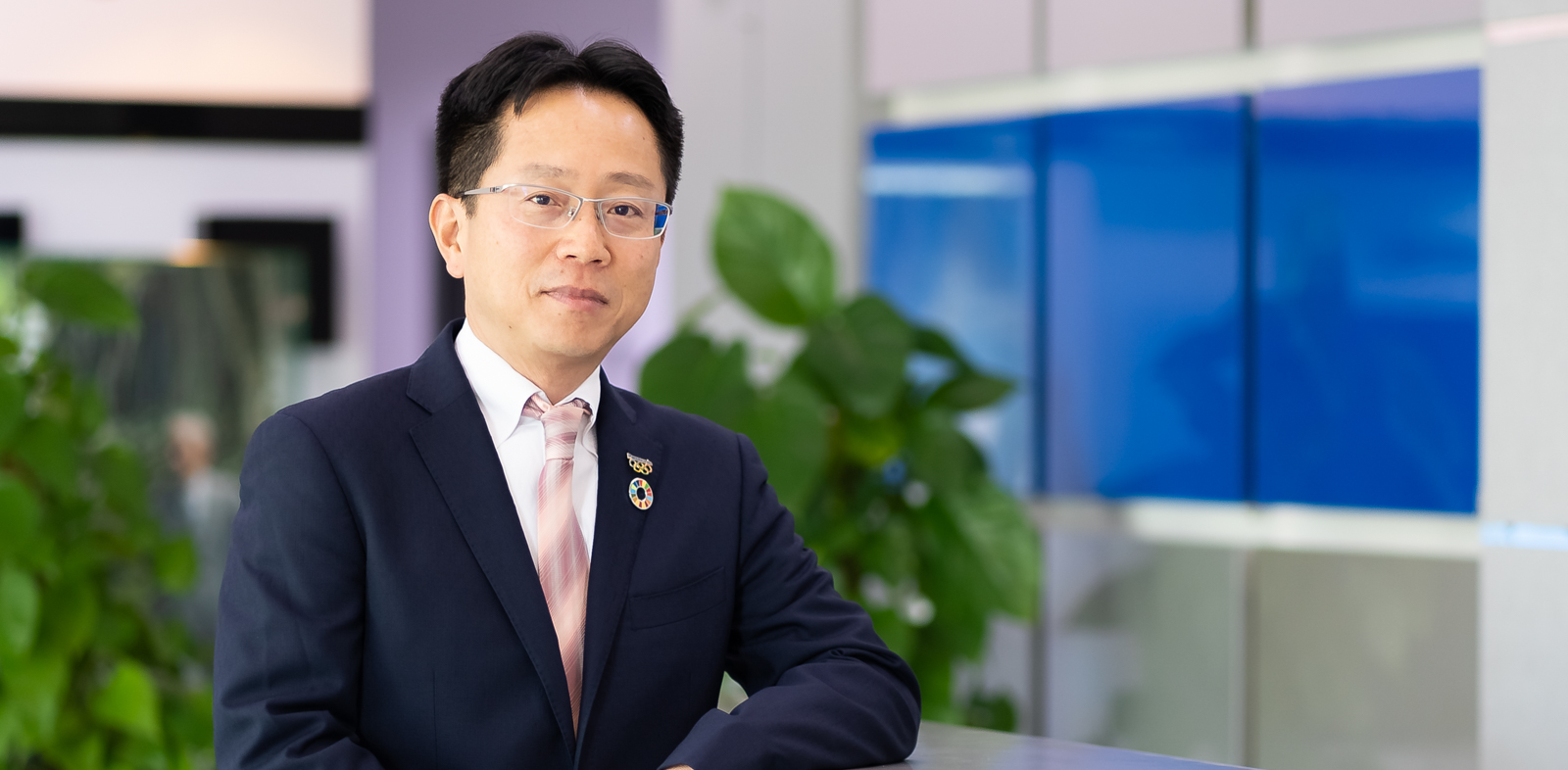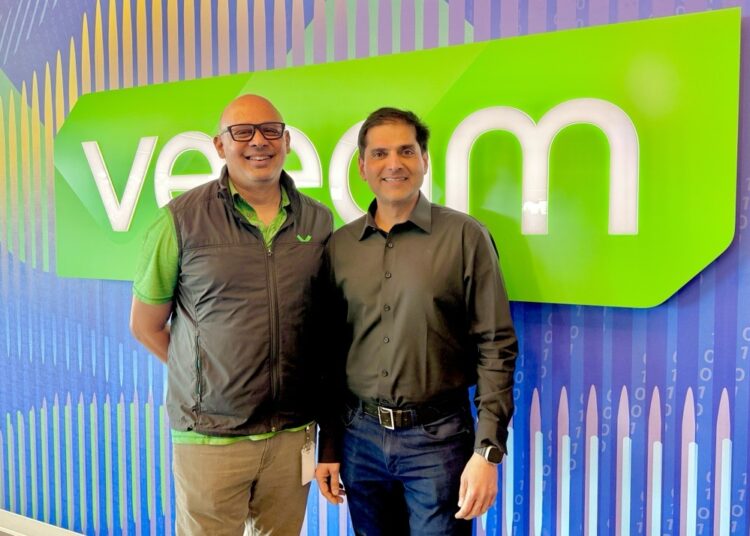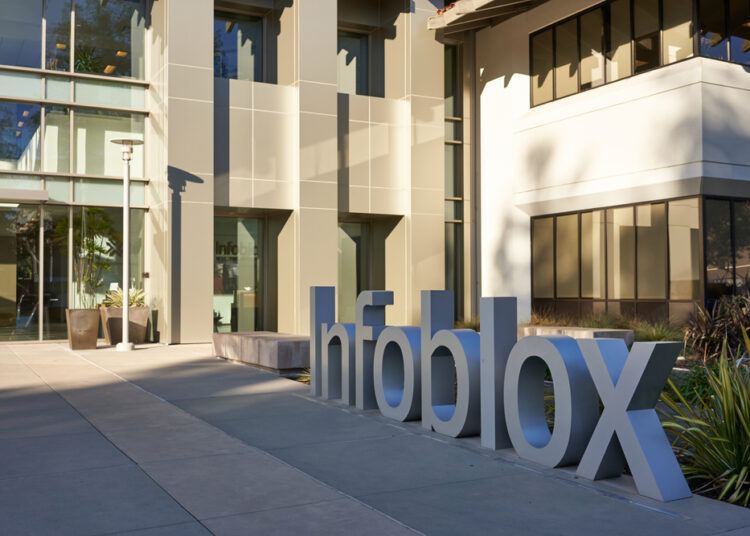Can you tell us about Panasonic environmental vision?
At Panasonic, sustainability aligns seamlessly with our core mission, echoing the ideals of our company’s founder, who consistently emphasized our commitment to improving the quality of people’s lives. Under our new CEO’s leadership, we are redefining our mission to focus on sustainability with the ‘Green Impact’ initiative launched last year.
On the business front, we are dedicated to developing sustainable products, including hydrogen fuel cells, energy-efficient consumer products, and supply chain efficiency software.
The second aspect involves our commitment to reduce our own emissions significantly. We aim to reduce CO2 emissions from our value chain by 110 million tons before the year 2030, 300 million tons by 2050, and create more net-zero factories. We plan to recycle nearly all factory waste and double our use of recycled resin. We have already embarked on this journey, with nearly 13 of our factories operating as carbon-neutral entities at present, using hydrogen and solar energy sources.
We are also streamlining our supply chain efficiencies, as part of which we have acquired one of the world’s largest supply chain solution companies, Blue Yonder. We have integrated their expertise into our own supply chain processes.
Are you leveraging AI as part of your sustainability strategy?
We’ve incorporated a significant amount of AI technology into our company, and a prime example of this is our Econavi system. This technology is exceptionally advanced and is featured in our high-end models of various products, such as washing machines, refrigerators, and air conditioners. EcoNavi’s AI capabilities allow these appliances to intelligently control their energy efficiency. In addition, we are actively embracing new technologies like ChatGPT to improve our operational efficiencies, demonstrating our company’s commitment to staying at the forefront of innovation.
Do you have initiatives for used product recycling?
We have already established efficient recycling systems using third parties in Europe and the Middle East. In Japan, we have our own recycling company in compliance with regulations to collect used consumer durables and scrap electronic waste from our customers.
Please share the central focus of your R & D efforts in product development.
We allocate 33 percent of our annual revenues to research and development, with a strategic emphasis on air conditioning, a sector that significantly impacts emissions and energy consumption. Our substantial investments are aimed at developing environmentally friendly products in this area, particularly in Europe and later in other regions as well. We were among the first companies to transition to R32 refrigerant and heat pump systems that harness heat energy from the surrounding air for water heating.
We’ve introduced 80 new consumer products this year, from kitchen appliances to refrigerators and washing machines. Our current emphasis is on enhancing our premium product range. Premium, in this context, doesn’t mean price but more eco-friendly and energy-efficient products.
Globally, there is a trend toward consumers preferring products that consume less electricity due to rising energy costs. In this region, we are fortunate to witness both consumers and governments rapidly shifting towards a culture of eco-friendliness and lower electricity consumption.
In developed markets, consumers prefer sustainable products from companies with strong ESG scores. Do you observe a similar trend in our region?
In this region, especially in the UAE and Saudi Arabia, the government is making significant investments in clean energy and smart city initiatives. Interestingly, these government policies are now making their way into the daily lives of consumers, and this transition is happening rapidly compared to other regions. While people may not have been as concerned about these matters five years ago, the government’s initiatives and efforts have sparked a significant movement in this direction.
Do you have an employee sustainability programme?
We have a workforce of over 300,000 employees who are aligned with our sustainability vision. As an example, we have eliminated the use of plastic bottles in all our offices. In the UAE, we have actively participated in coastal clean-up programs and have contributed to the government’s ambitious goal of planting 100 million mangrove trees by 2030 by planting mangroves.
We have a dedicated sustainability board led by our CEO. They hold quarterly meetings to ensure compliance and regularly monitor the progress of our sustainability actions.
Please tell us more about Panasonic’s participation at COP28.
Panasonic actively participated in the Japan pavilion, showcasing our sustainable solutions. We firmly believe that technology plays a significant role in advancing sustainability. This is why our CEO attended COP28, not only to exhibit our technology but also to illustrate how a technology-focused company like ours can make meaningful contributions to climate action.










Discussion about this post